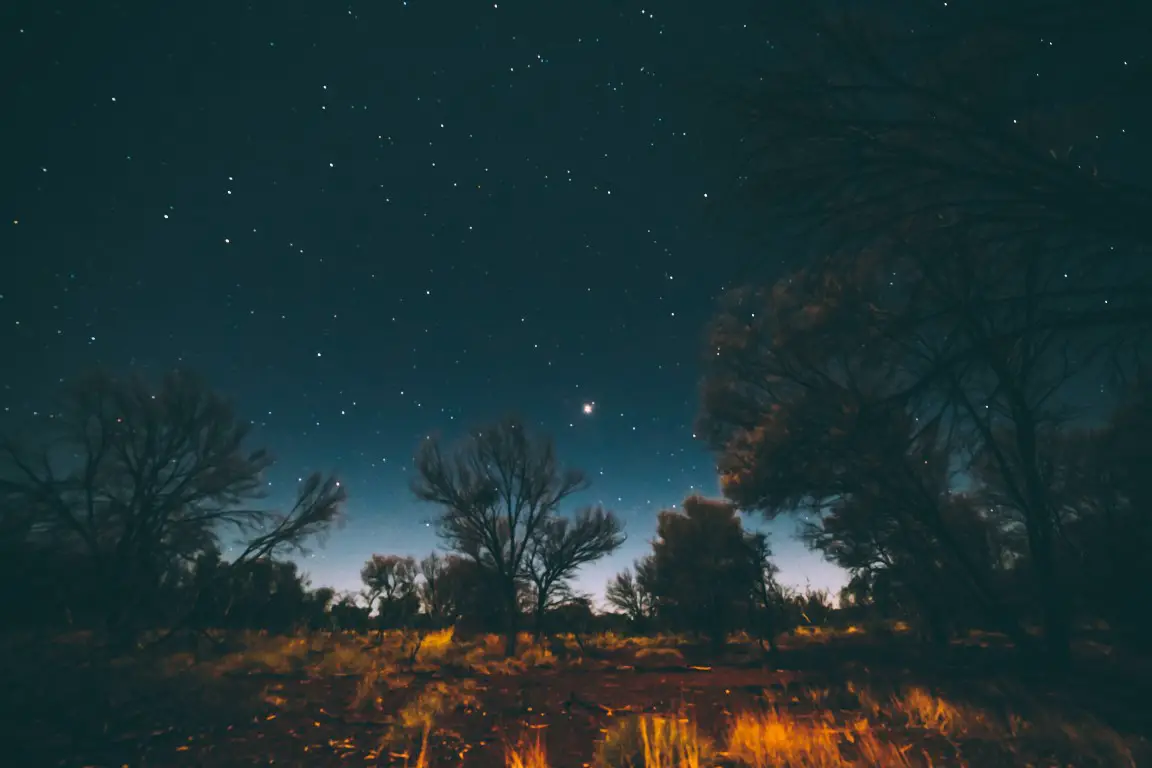
You can use your iPhone, Android or other smartphone to take pictures of stars and other astronomical phenomena. In this guide we’ll show you how.
The Lyrid meteor shower is currently occurring around the world. Have you seen it? It is a stunning show of meteors, roughly 20 of which are visible each hour traveling at 110,000 mph (roughly 177,000 kmh).
This is an event not to be missed! However, photographing in low light conditions can be a bit tricky. To help you out, here are 5 simple tips to capturing beautiful images at night with your smartphone.
1. Get out of the city for clear sky
Ambient light from cities can have an impact on what you are actually able to view in the night sky. If you can, try to get away from the background of city lights and out into the countryside landscape to really see the magnificent meteors, stars and moon.
2. Use a smartphone tripod you can buy from amazon
While this may seem obvious, it is an essential part of low light photography. A tripod will help you stabilize the camera and reduce camera shake so you don’t get blurry images.
3. Get the right app for your phone
As you can’t control the shutter speed on most smartphones, there have been several apps developed to simulate this effect for both iOS and Android.
On iOS you can use Slow Shutter Cam or Average Camera Pro. For Android, Camera FV-5 Lite or Night Camera are great options. These apps take multiple photos in a short time span to recreate the effect of a long exposure.
4. Avoid flash and HDR to get clear picture
Just because it’s dark outside, doesn’t mean you should use the flash. A flash will drown out the faint light of the stars so you only end up with a black image. It’s best not to use flash at all. As for HDR, this setting tends to slow down the speed of your camera, so keeping it off will improve your camera’s performance.
5. Steer clear of digital zoom
While it’s very tempting to zoom in on those seemingly small stars, once you view the picture on a screen larger than your phone’s, you likely won’t be happy with the result. The more you zoom in, the more the photo quality diminishes.









